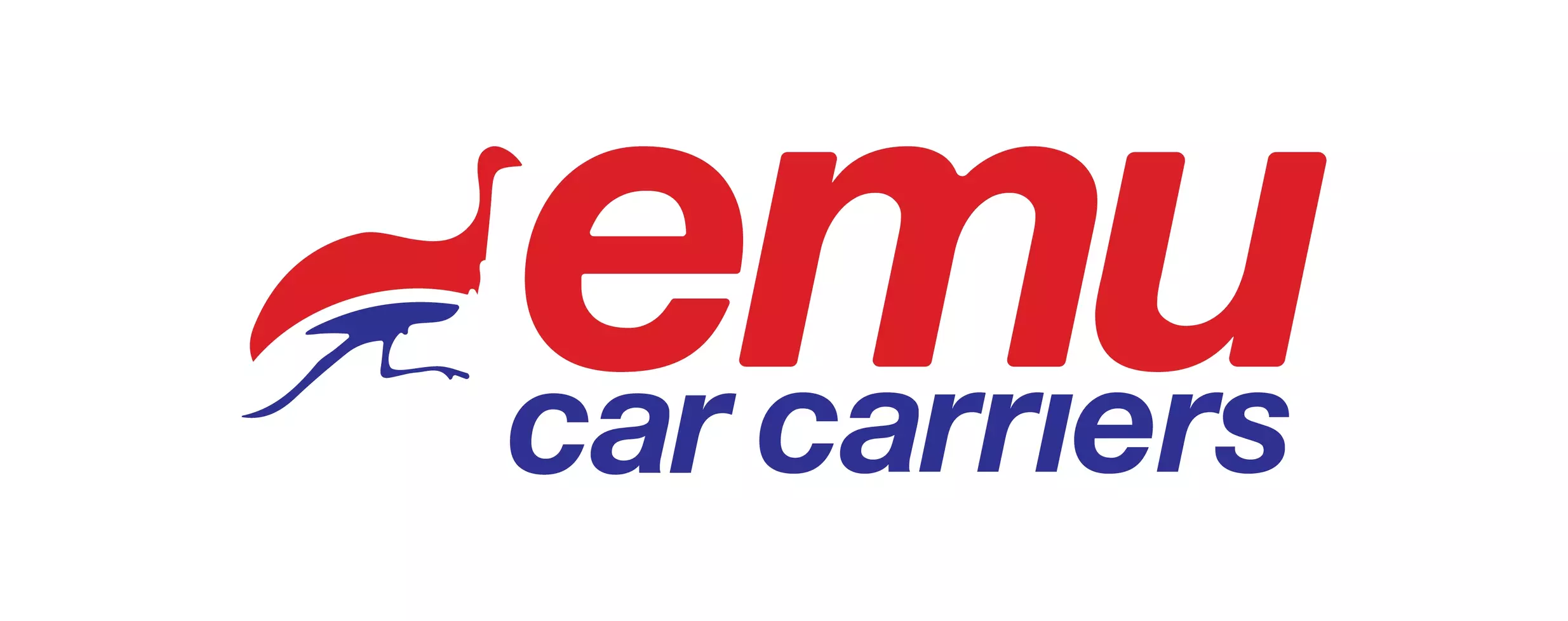
Jira Training: Unlocking the Power of Agile Project Collaboration
We are unlocking the power of Agile Project Collaboration. In this article, we will be Looking at Jira can facilitate the effective collaboration of agile teams.
Understanding Agile capabilities and mastering Jira's features will help you manage projects effectively.
What is Jira Training?
Atlassian created Jira, a well-known project management and issue-tracking tool. Teams frequently use it to organize, monitor, and control their tasks, workflows, and projects.
Many options for Jira training can either get you started or help you improve your skills.
What is agile project management?
This is the Continuous release and incorporation of customer feedback into each iteration. The iterative process of agile project management ensures that changes can be made in a way that is responsive to customer feedback at every stage of a sprint or product cycle.
It enables project teams to use agile project management techniques to complete tasks quickly & cooperatively while staying within a project's time and financial constraints.
The four core values of agile:
There are about 4 Core values of Agile they include:
● Individuals and interactions over processes and tools.
● Working software over comprehensive documentation.
● Customer collaboration over contract negotiation.
● Responding to change over following a plan.
● What is Jira Service Desk?
Jira and Agile Project Management
Many organizations adopt the Agile modus operandi to improve project outcomes and productivity.
Agile project management is centered on productive collaboration, openness, and iterative development. Jira, a well-known project management program, offers a comprehensive platform that enables teams to apply Agile principles and improve their project workflows.
Jira has many features and functionalities created primarily to support Agile project management. It enables teams to plan, monitor, and complete projects incrementally and iteratively, promoting adaptability and customer-centeredness.
Project managers and team members can unleash the potential of Agile project collaboration by learning how to use Jira's features.
Features, benefits, and Jira Role in Agile Modus Operandi
Features of Jira for Agile Project Management:
● Agile Boards: with Scrum and Kanban boards, Jira allows team members to manage their work flexibly. These boards offer a live overview of ongoing projects, backlog items, and diligent work.
● Collaborative tools: Agile teams can more easily collaborate when using Jira. Team members can communicate, discuss tasks, and provide real-time updates thanks to features like comments, mentions, and notifications.
● Customizable Workflows: Teams can define and modify their workflows using Jira to reflect their unique Agile processes. Different stages, transitions, and approvals can be added to workflows for effective task management and process adherence.
● Backlog Management: Teams can use Jira to create and order backlog items like tasks, user stories, and epics. With backlog management tools, teams can estimate and plan their work, segment it into smaller components, and monitor progress throughout iterations.
Benefits of Jira in Agile Project Collaboration:
● Agile Workflow Management:
Teams can modify their Agile processes and methodologies thanks to Jira's adaptable workflows. It facilitates task management, guarantees adherence to established workflows, and offers flexibility to meet the team's needs.
● Empowers Teams to Measure and Analyze Project Performance:
Teams can gauge and assess the performance of projects thanks to Jira's reporting and metrics features. Teams can continuously improve their processes and maximize project outcomes by locating bottlenecks, monitoring velocity, and examining trends.
● Jira Enhances Collaboration by Enabling Seamless Communication:
Jira improves collaboration by facilitating seamless team communication. The tool's features make it easier to have discussions, get feedback, and receive real-time updates, encouraging effective teamwork and closing communication gaps.
● Promotes Transparency by Providing a Centralized Platform:
By offering a centralized platform where team members can view and comprehend the project's current status, tasks, and dependencies, Jira encourages transparency.
It encourages visibility into developments, difficulties, and successes, allowing stakeholders to stay informed.
● Jira's Role in Agile Modus Operandi
Jira, which offers a digital platform that supports Agile project management practices, is essential to the success of the Agile mode of operation. Their features and functionalities reflect agile principles like collaboration, iterative development, and adaptability.
Teams use Jira as a central hub to plan, monitor, and deliver projects Agilely. It supports the fundamental principles of Agile project management, such as openness, communication, and constant improvement.
Understanding Agile Project Management: Agile principles, frameworks (Scrum, Kanban), and the importance of collaboration
Agile project management emphasizes adaptability, flexibility, and customer satisfaction. It is a collaborative and iterative approach to project delivery. It encourages cross-functional cooperation, embraces change, and advocates continuous improvement.
Effective Agile project management requires an understanding of Agile principles, frameworks like Scrum and Kanban, and the value of collaboration.
Agile principles
- Agile values customer collaboration throughout the project, placing it above contract negotiation. It strongly emphasizes collaborating closely with stakeholders to comprehend their needs, get feedback, and modify the project as necessary.
- People and Interactions over Processes and Tools. Agile emphasizes team member collaboration and effective communication. It promotes a cooperative and self-organizing environment by valuing each person's abilities, creativity, and independence.
- Responding to Change Rather Than Following a Plan: Agile recognizes and embraces that change is inevitable. Throughout the project, it prioritizes the capacity to adjust and react to shifting requirements, feedback, and market dynamics.
- Agile emphasizes delivering available increments of the product or project at regular intervals rather than comprehensive documentation. It prioritizes customer feedback and measurable results over extensive documentation.
Agile Frameworks:
● Scrum: This is an Agile framework that is widely used. It breaks the project up into quick iterations called "sprints." It entails cross-functional teams cooperating and improving to achieve particular objectives during each sprint.
Scrum promotes openness, cooperation, and ongoing improvement through rituals like daily stand-up meetings, sprint planning, sprint review, and retrospectives.
● Kanban: A Kanban board, which typically consists of columns representing the various stages of work, is how work is visualized using the Kanban Agile framework.
Teams use Kanban boards to control the amount of work in progress, rank tasks, and see how the work is progressing. Kanban encourages a fluid, continuous workflow that enables teams to adapt to shifting priorities and maximize throughput.
Importance Of Agile Collaboration:
● Cross-functional Collaboration:
Agile promotes cooperation between people with various backgrounds and specialties. Teams can benefit from different points of view, enhance problem-solving, and promote innovation by assembling experts from various fields.
● Shared Understanding:
Collaboration ensures that everyone on the team is on the same page concerning the project's objectives, specifications, and priorities. Clarity, fewer misunderstandings, and aligning everyone towards a shared vision are all made possible by regular communication and collaboration.
● Iterative Improvement:
Collaboration encourages sharing of ideas, best practices, and lessons learned, which supports continuous improvement. Collaborative retrospectives offer the chance to consider what went well and pinpoint areas that need improvement.
● Collective Ownership:
Team members' sense of collective ownership is encouraged by collaboration. Agile teams collaborate and share responsibility for project outcomes instead of individuals working alone, which results in higher engagement and commitment.
Conclusion:
This article will aid you in understanding the importance of Unlocking the Power of Agile Project Collaboration.

Local Business Listing
Get a PagePromote your business to local customers.
tools In Software
audioenhancer ai complete review
Added On (2023-12-29 15:42)
intersection of gaming and metaverse
Added On (2023-06-08 08:29)
jira and agile project management
Added On (2023-06-04 23:32)
benefits of real time insights and analytics
Added On (2023-05-01 00:28)




